IFAN Factory Water Gas Valve Male Thread 1/2 3/4 Inch Pipe Long Handle Copper Brass Ball Valve
-
Supplier: Zhuji Fengfan Piping Co., Ltd. -
Region: Zhejiang, China -
Contact: Mr Thomas Wang -
Price: $0.99 / 200 - 1999 pieces
$0.98 / 2000 - 19999 pieces
$0.97 / >=20000 pieces -
Min. Order: 200 pieces
Product details
| Origin: | Zhejiang, China | Package: | IFAN OPP bag |
| sample: | free | color: | white and yellow |
| usage: | water control | brand: | if |
| Supply capacity: | 1,000,000 cartons per week | product name: | brass fittings |
| Port size: | 1/2" quick connect fitting | strength: | manual |
| MOQ: | 1 carton | Customization support: | OEM production |
| size: | 1/2-2" | model: | OT170 |
| application: | General | Warranty: | 3 years |
| Packaging Details: | IFAN carton or your request | payment terms: | L/C, Western Union, D/A, T/T |
| port: | Ningbo Port |
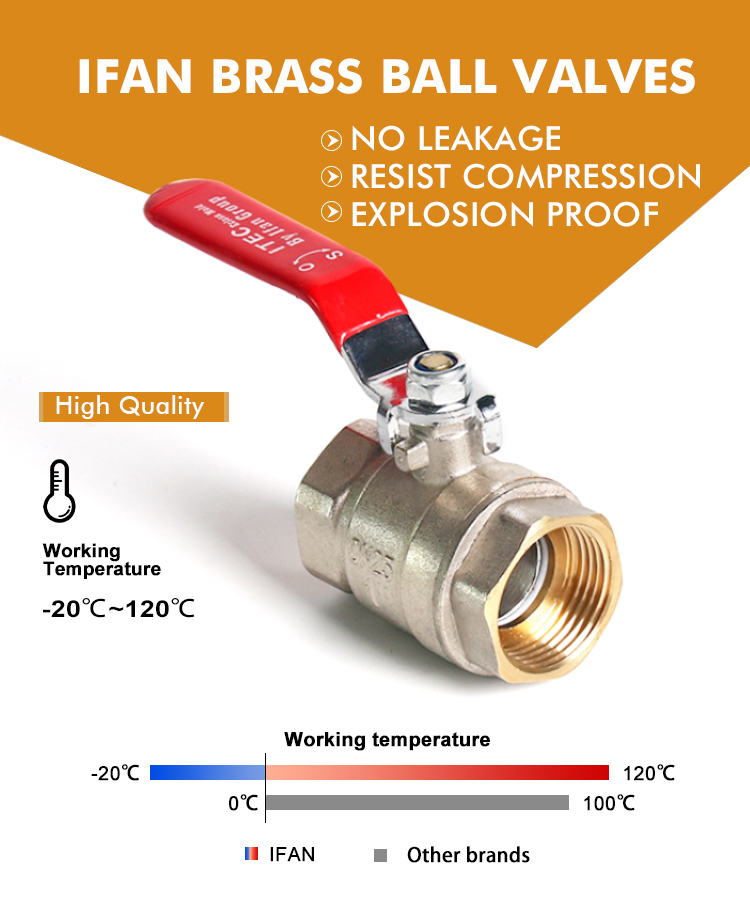
product name | IFAN brass ball valve |
Material | Brass body, brass/iron ball, stainless steel/iron handle |
work pressure | ≤ 25bar |
connect | Internal/external thread |
color | Brass/chrome/polished nickel |
size | 1/2'' - 2'' |
Package | Opp bag + color box |
sample | Free (click here for free samples) |
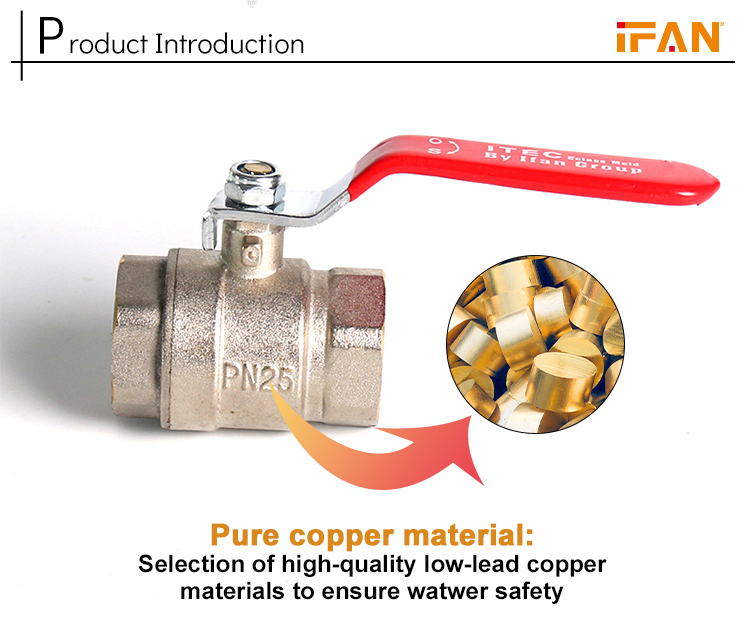
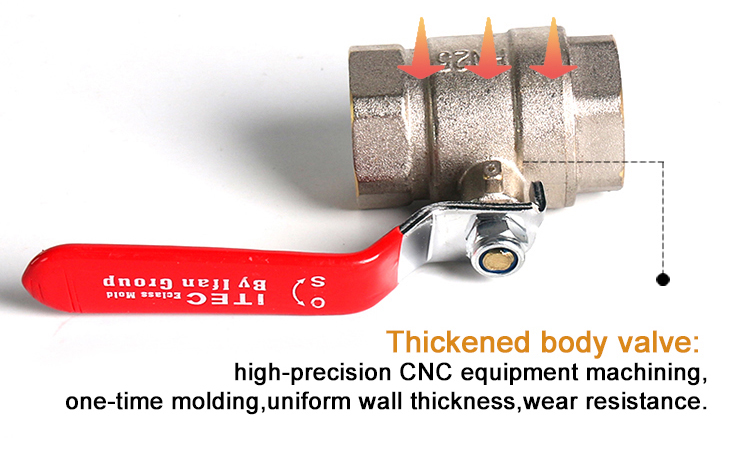
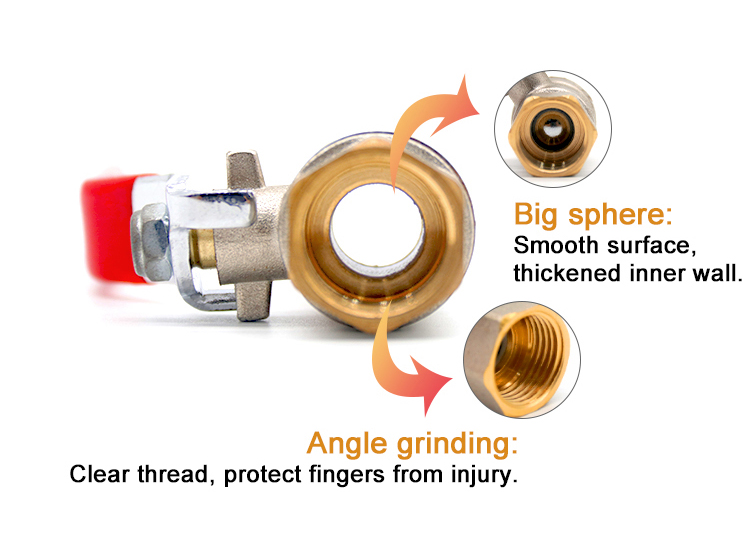
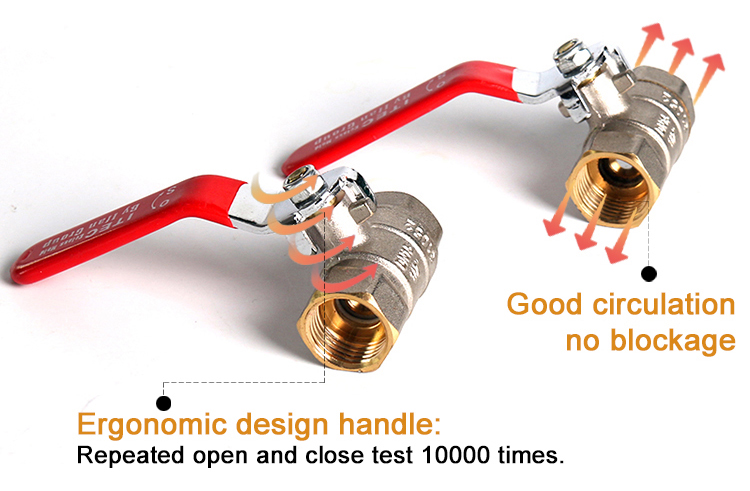

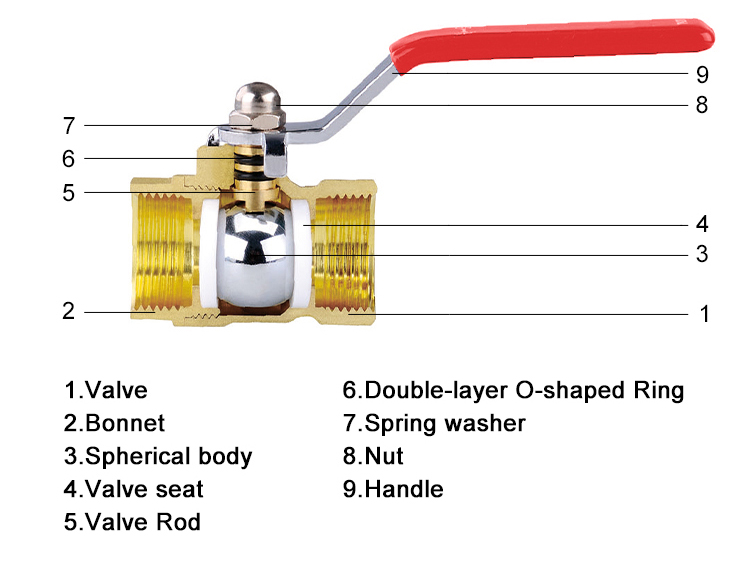





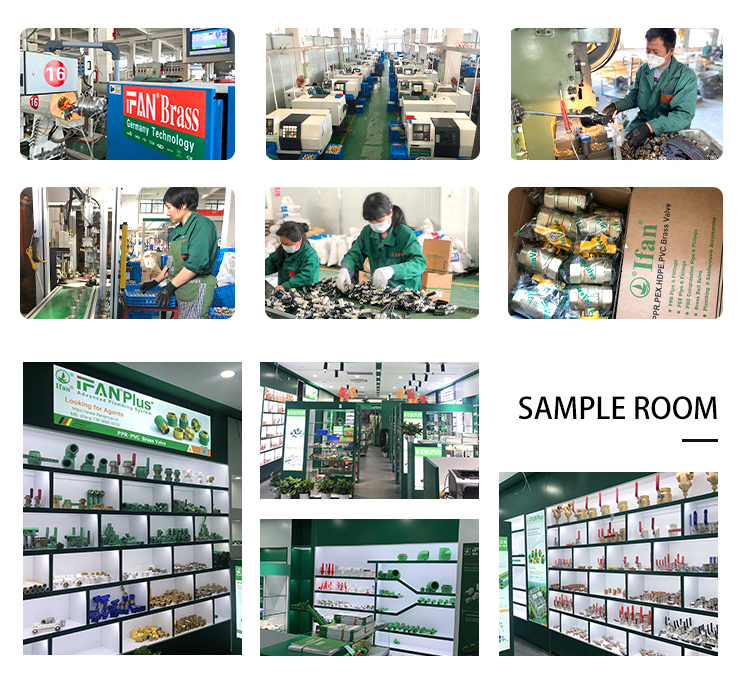
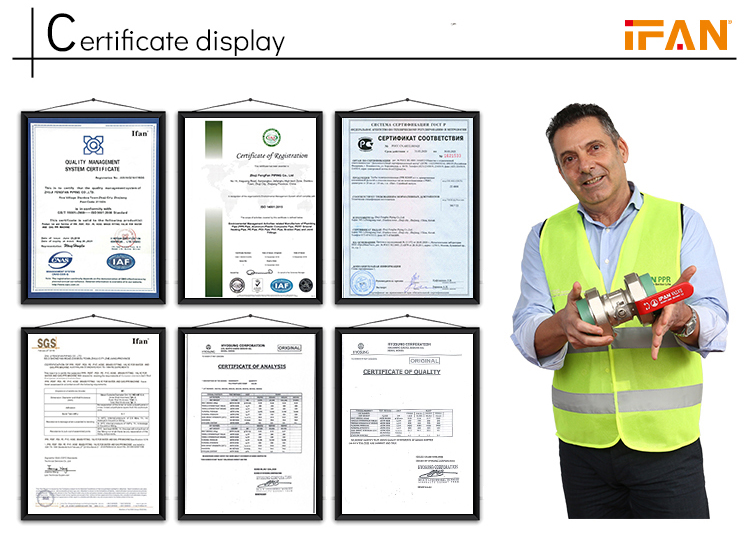


FAQ
What does the valve do?Regulates flow and pressure in piping systems. Controls the direction of flow within a piping system. Throttle flow rate in piping system. Increases safety by relieving pressure or vacuum in piping systems.
What are valves and types?
Valves are used to start or stop flow, regulate or throttle flow, prevent backflow or relieve and regulate pressure in fluid or gas handling applications. Common valve types include: ball valves, butterfly valves, check valves, diaphragm valves, gate valves, globe valves, knife gate valves, parallel slide valves, pinch valves, piston valves, plug valves, gate valves, etc.
Why do we need valves?
Valves are used in many ways including controlling water for irrigation, industrial use for process control, residential use
Examples include on/off and pressure controls for dishwashers, washing machines and water taps in your home.
What parts does the valve consist of?
Regardless of type, all valves have the following basic components: body, bonnet, trim (internal components), actuator and packing.
How do you know if the valve is open?
Open or Closed: When the handle of the ball valve is parallel to the valve or pipe, it is open. When it's vertical, it's closed.
This makes it easy to know if a ball valve is open or closed, just by looking. The lower ball valve is in the open position.
If you have any questions, want more or free samples to try, please leave your message in the message box below and click the "Send" button, thank you! I wish you happy!

VIEW MORE
You may like
-
Durable, high quality industrial float valve for water control

-
Factory Brass NPT L Type Tee 1/4" 1/2" Gas Regular Wog Valve Threaded Ball Valve Ball

-
ODM Manufacturer Sanitary Pipe Brass Inner X Male Pump Pipe Fitting Pump Valve Ball Valve

-
Thickened brass inner wire, red handle double pagoda ball valve, small ball valve, water pipe with two copper heads

-
High Quality Brass Alloy H59 H62 T Type Tee 1/2" Gas Common Valve Thread Ball Valve Ball

-
Original Atos electromagnetic reversing valve SDH-0713/DHI-0710/SDHI-0710/DHI-0631 hydraulic valve wholesale price

-
3/8 inch water valve with blue stainless steel ball valve/stainless steel ball valve

-
Cheap Price Sanitary Nickel Plating 1/2*20 - 63mm Water PPR Ball Valve

-
Boyatu WRAS Certificate Brass Ball Valve 1/2"

-
Factory Supply New Custom Design 1/2'-2' Brass Ball Valve

Other Products
-
 $0.17 - $0.21 / piece
$0.17 - $0.21 / piece -
 $0.97 - $0.99 / piece
$0.97 - $0.99 / piece
Related Search
shanghai general gas valve factory
male threaded plastic ball valve
industrial water softener valve
cabinet water softener valve
gas valves sets suppliers
lpg regulator regulator gas valve suppliers
oil and gas valve manufacturers
water solenoid valve
mini electric gas valve
auto gas valves and fittings












